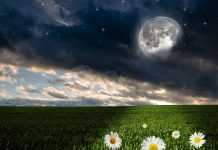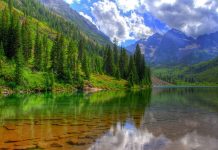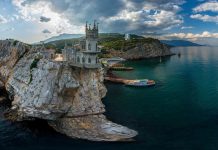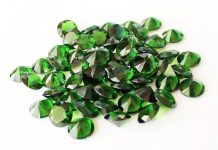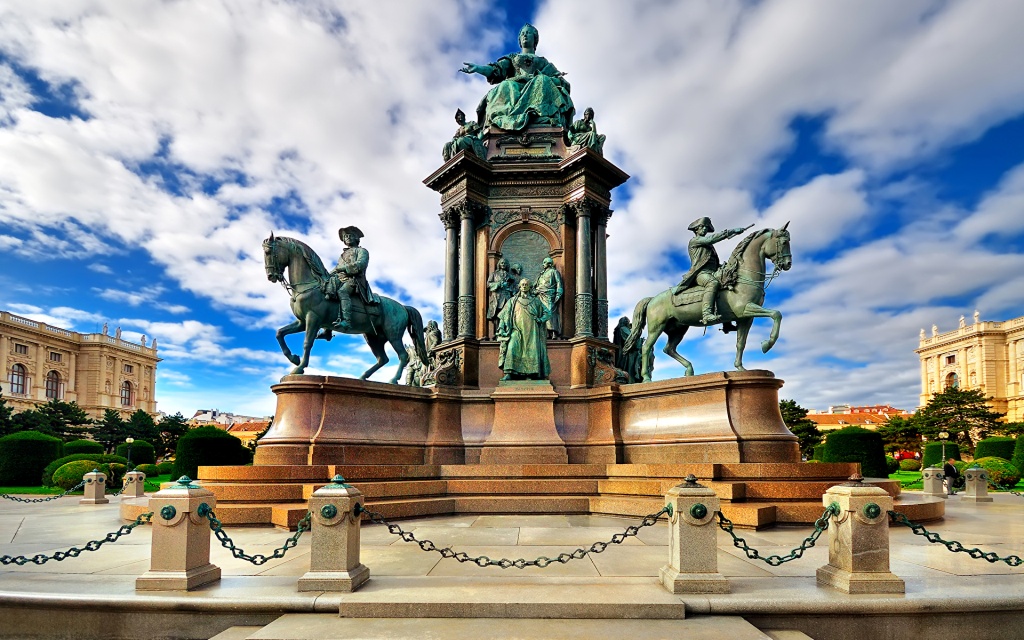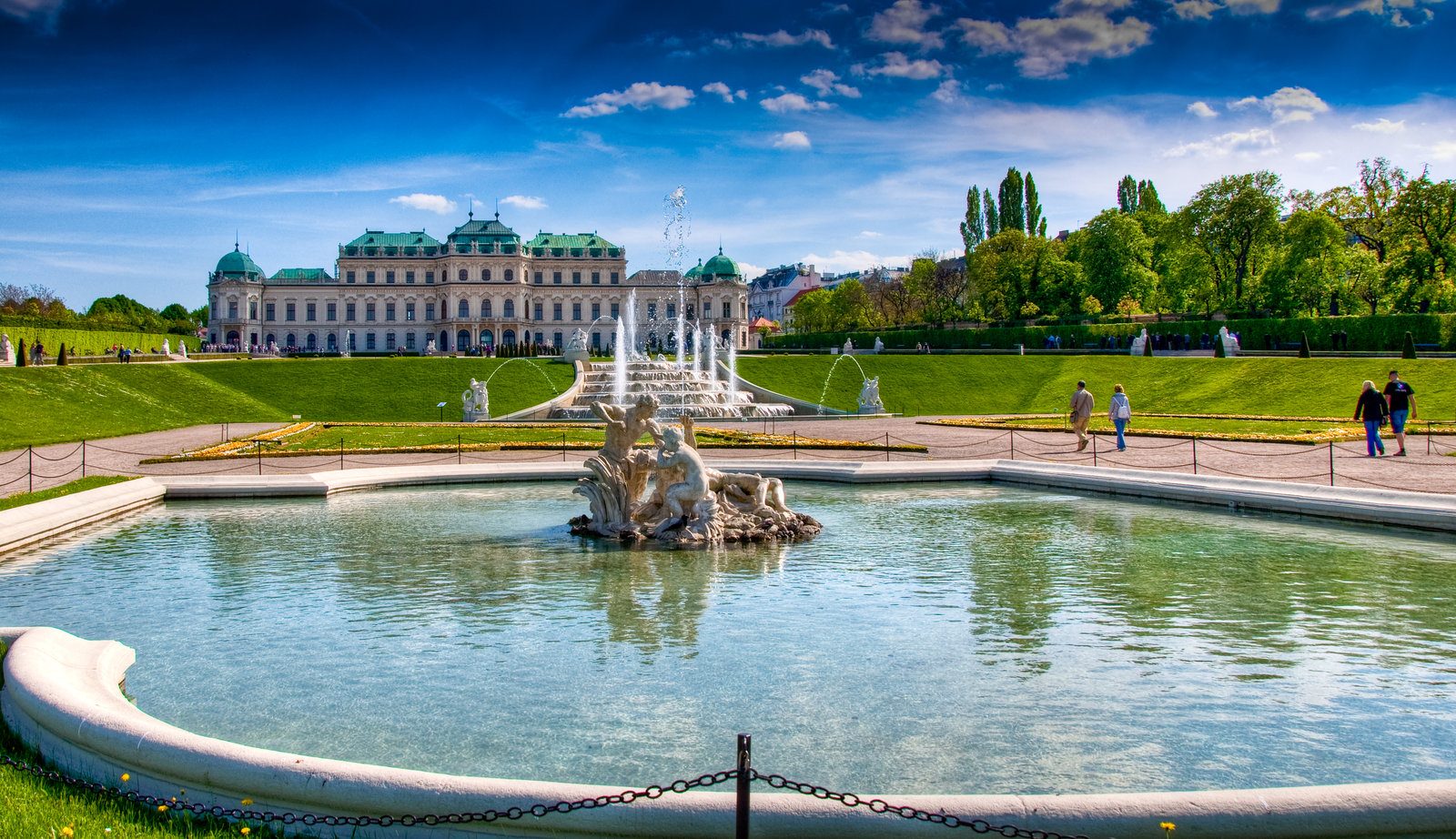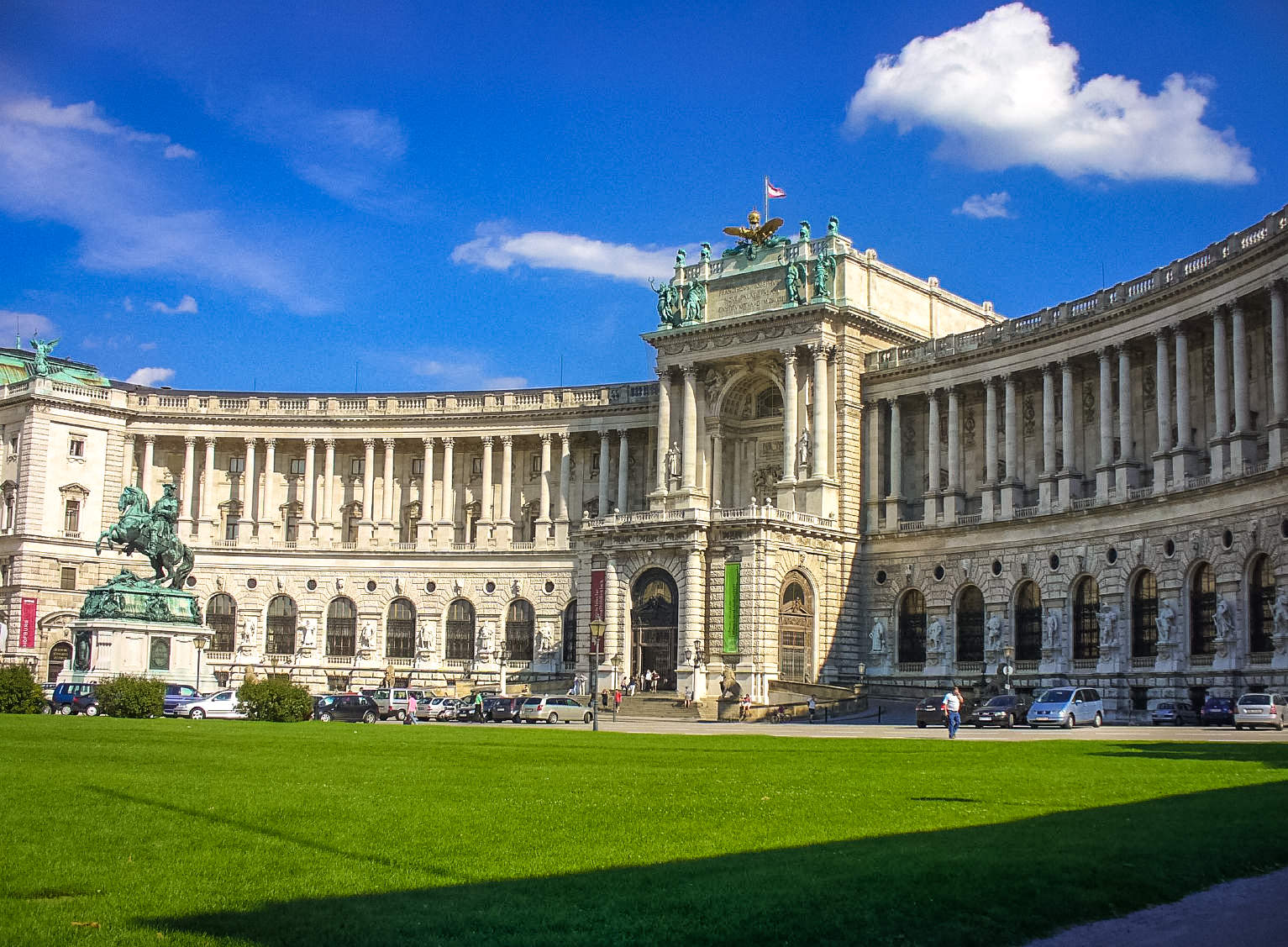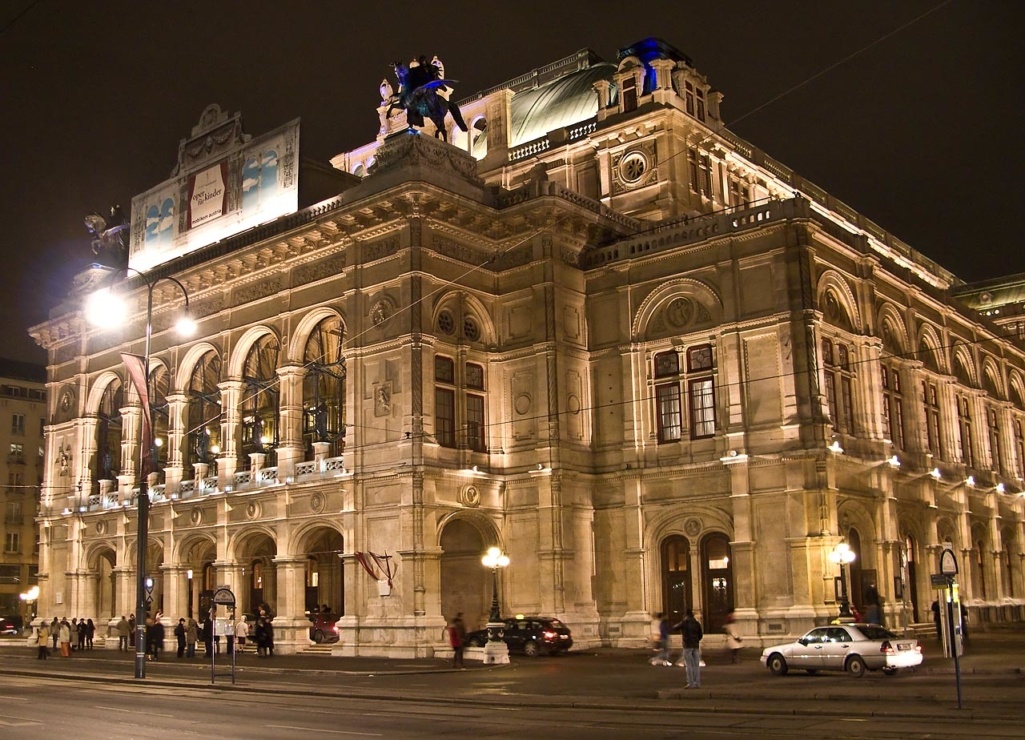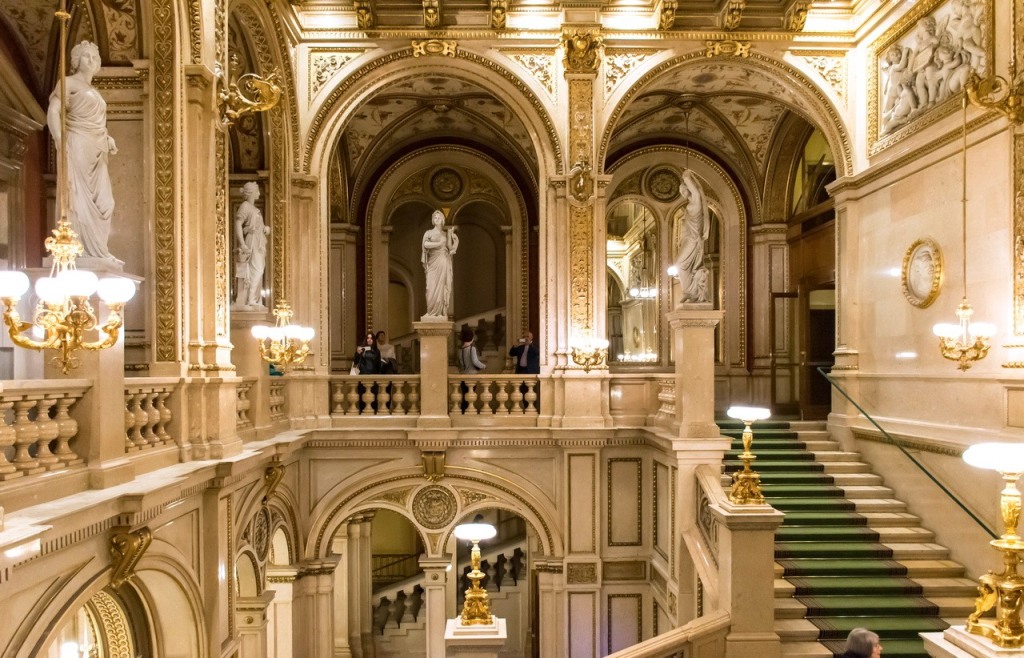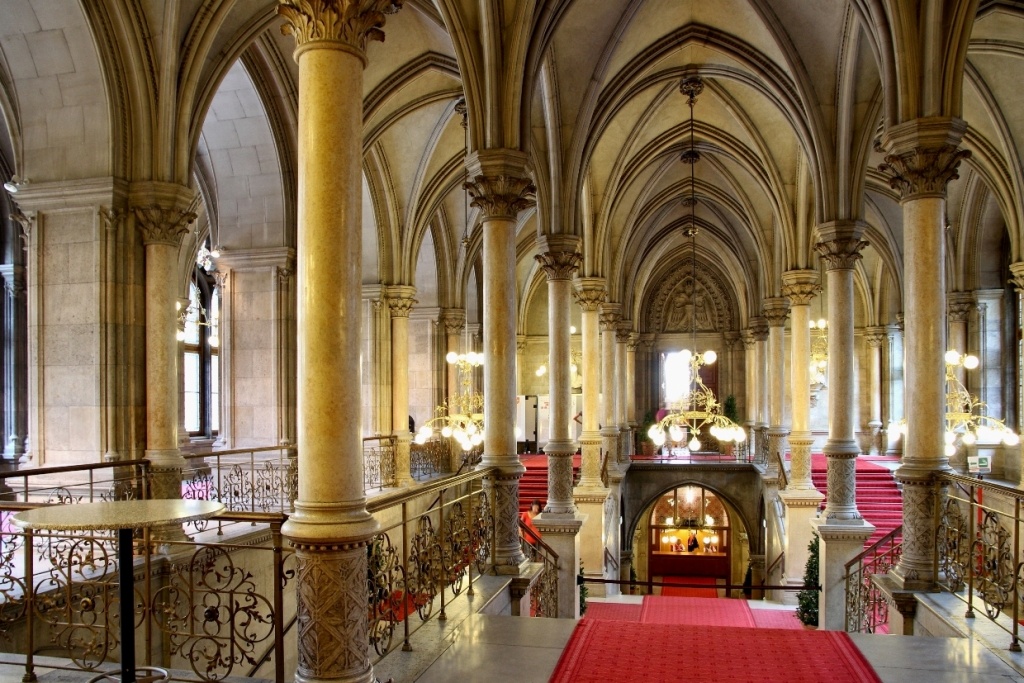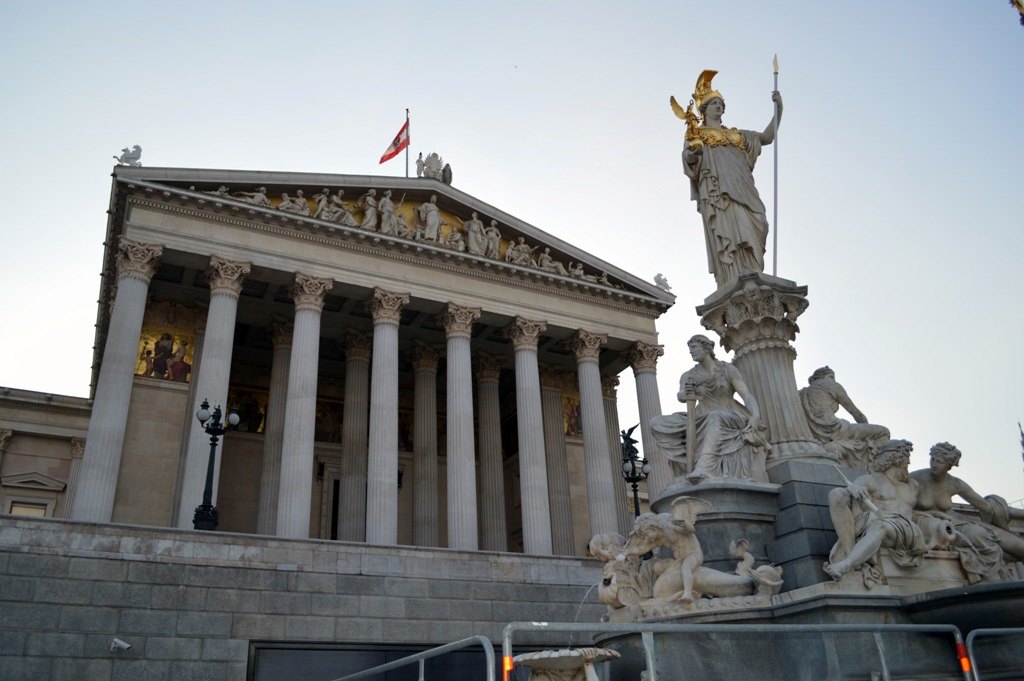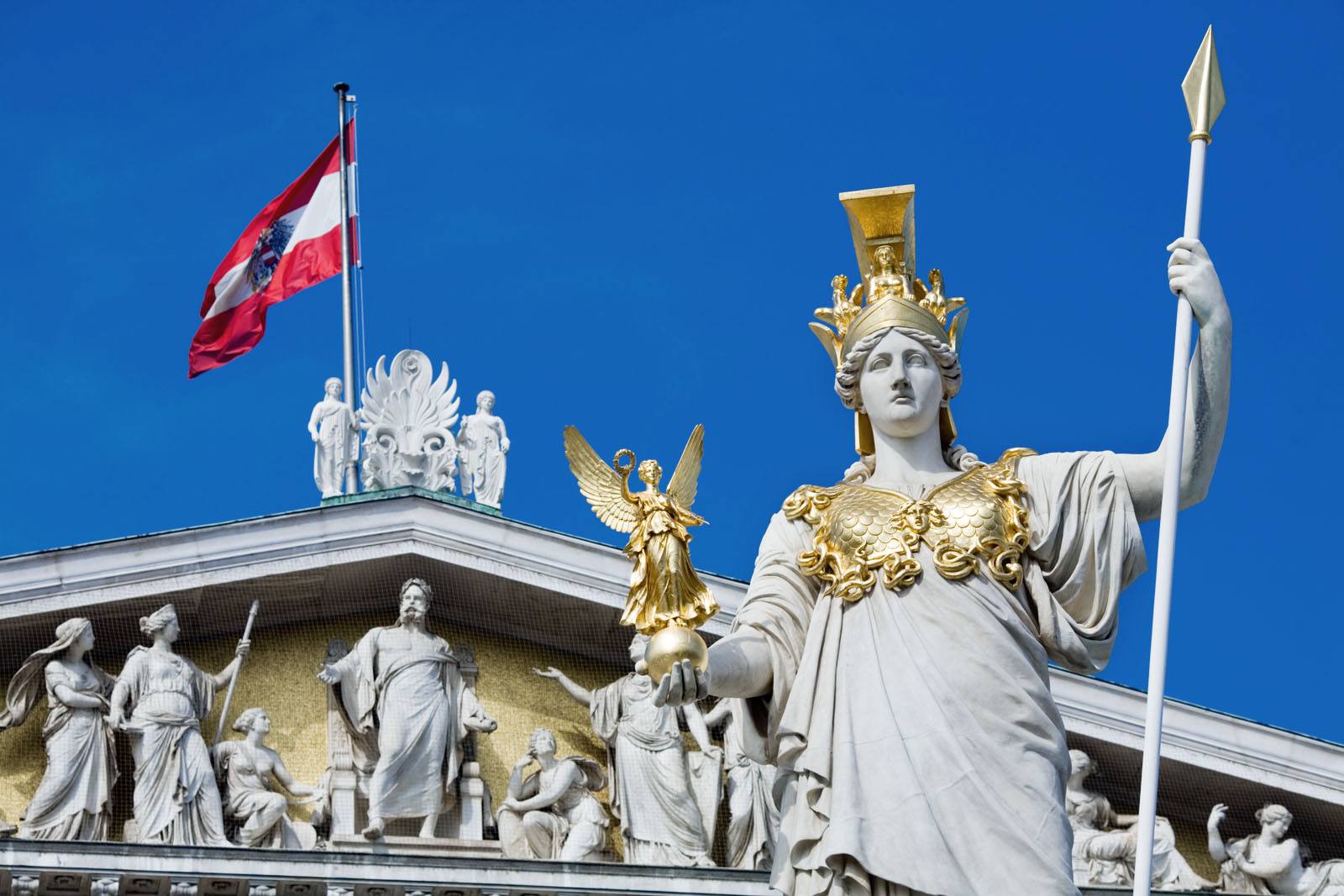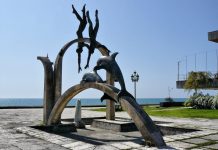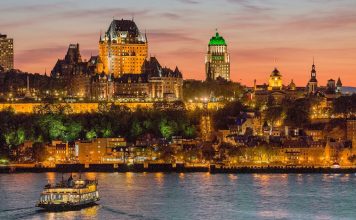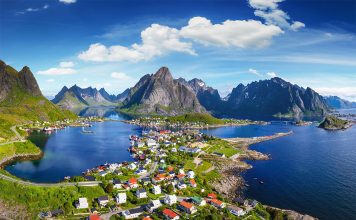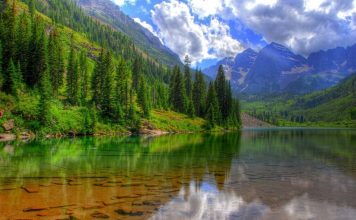Vienna is a picturesque city of magnificent parks, pastries, old wine, music and waltzes. Its culture has absorbed the history and traditions of many nations and ethnic groups, thus creating the intriguing, mysterious and sometimes cynical character of the indigenous people of the capital of Austria.
Many centuries ago, the current Vienna was an ordinary Celtic village located on the Danube River. Another name for this city is “Vindobona.” The Romans chose this place as a central fortress and gradually a small settlement turned into a powerful Austrian empire, which played a prominent role in the history of the whole of Europe.
Hofburg
Without exaggeration, the Hofburg Palace can be called the heart of Vienna. At the beginning of the last century, it was the residence of the emperors of Austria.
The building was constantly rebuilt, which led to the creation of a magnificent complex resembling a complex maze.
The historical center of the city developed and grew along with the Habsburg dynasty for several centuries.Each emperor tried to bring their innovations to the ensemble. In addition to the chambers, spacious rooms and offices, the palace has overgrown with lush gardens, courtyards, wine cellars, stables and arenas.
Today, the Hofburg is partially used as the official presidential residence, while the rest is accessible for tourists.
Plague pillar
The plague column is considered to be the most outstanding sculptural composition of the Austrian capital. It is located in the center of Vienna on Graben street.
The plague pillar is a symbol of memory and gratitude to the saints for the deliverance of the Austrian people from the plague epidemic that was raging in 1679. It was then that Emperor Leopold I promised to establish a column of mercy that would perpetuate the memory of those who died from this incurable disease.
Ringstrasse
Walking through the historic center of Vienna, you will not pass by the famous Ringstrasse boulevard. A popular tourist route includes the contemplation of magnificent parks, strange buildings and monuments.
In the place of the modern street in the 16th century, there was a wall that protected the Inner City from destruction. In the 19th century it was dismantled by a special imperial decree, the ditches and trenches were filled up, and in their place were built palaces and mansions in the historical style. Between them were established statues, monuments, trees and shrubs planted, which quickly grew into spacious and cozy parks.
Stephansdom
For many, Vienna is associated with cathedral Catholic churches, striking in their grandeur and unique architecture. In many ways, the capital of Austria meets the expectations of tourists by offering a large number of buildings built in the Romanesque style.
The Cathedral of St. Stephen has a long history, which is reflected in the appearance of the church. Initially, it was built in the style of late Romanism, but later acquired the features of Gothic.
During World War II, Stephansdom was partially destroyed and burned. Reconstruction of the historical monument continues to this day.
The height of the main tower of Stephansdom is 136.4 m. Inside there are preserved stained glass windows, a carved pulpit and an altar from the 15th century. The catacombs and burials are located in the courtyard of the cathedral, where 72 representatives of the imperial dynasty are buried.
Vienna Opera
Staatsoper - a symbol of the centuries-old musical culture of the Austrian people. Vienna Opera is considered one of the leading opera scenes in the world.
The theater was built on the Ringstrasse in 1869. The heavy, huge Neo-Renaissance building was ambiguously met by the public, however, Emperor Franz Joseph liked the building very much.
In 1945, the Staatsoper was destroyed, but in 10 years it was completely restored. Today the hall of the Vienna Opera houses more than 1,500 visitors. Every year the Opera Ball is held here - a familiar event in world culture.
Town hall
The Town Hall is located in the historical center of Vienna opposite the Burgtheater building. Such a building is never left unattended by tourists. The facade of the ensemble is decorated in an expressive neo-gothic style and faces the notorious Ringstrasse. The height of the central tower is 94.5 m. A 3.5 meter high figure of Rathausmann is installed above it, which Astrians consider to be the unofficial symbol of Vienna.
In front of the building there is a spacious Town Hall Square, which is the venue for important social events and celebrations - the Christmas Fair, the May Ball of Life. Even in winter, the area is not ignored. All the space in front of the Town Hall along with the park is poured, turning into a huge rink.
Today the Town Hall is not only a cultural monument, but also a public building, where the Parliament of the Earth, the Municipality, the Mayor of Vienna, the City Library are located. Despite this, tourists can visit the Wiener Rathaus building three times a week and admire the magnificent architecture of this historic building.
Austrian Parliament
The parliament building is significantly different from the usual Gothic buildings of the Vienna capital. It was built in neo-greek style in 1873-83.The majestic complex is located on the Ringstrasse and looks like an ancient temple. Another name for this historical monument is “The Higher House”.
During the construction of the parliament building, not only the exterior design of the facade was considered, but also plastic transitions between decor elements, interior nuances, right up to the shape of lamps and the design of picture frames.
Museum of Art History
The museum was created to display the richest collection of works of art of the imperial dynasty. The building is located on the square of Maria Theresa on the south side and is made in the neo-baroque style.
On the first floor there is a composition dedicated to the ancient world, Ancient Egypt and the East. The second is given under the art gallery, where the paintings of the Baroque, Italian Renaissance and Mannerism are presented. On the third floor are numismatic expositions.
To convey the diversity of architectural monuments, historic buildings and museums of Vienna is simply impossible. One thing is clear, even the most demanding tourist will be able to find for himself exactly the landmark, which will be permanently stored in memory and become for him a symbol of the magnificence and sophistication of the capital of Austria.


















